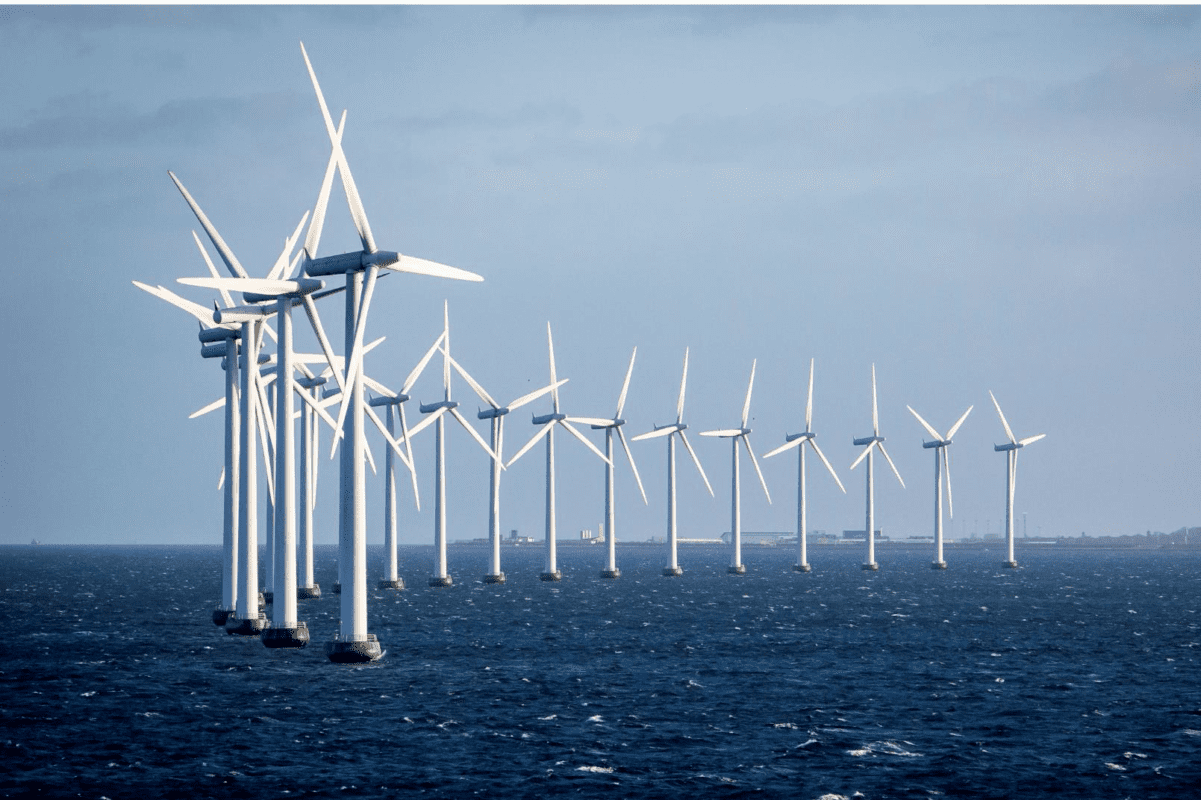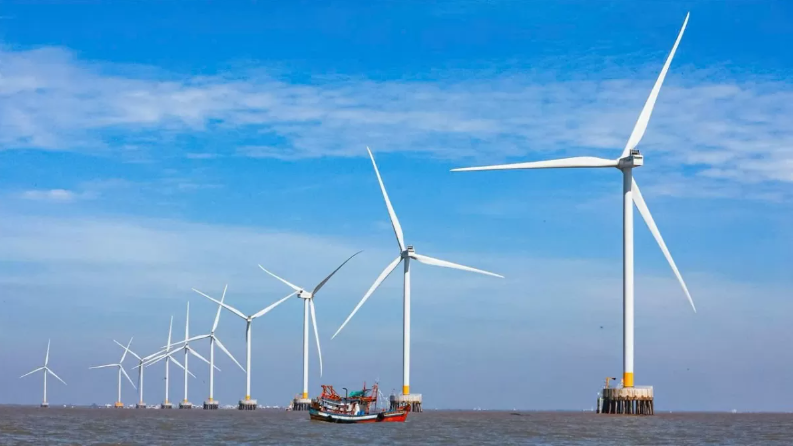From October 2024 to March 2025, wind power generated 26.23 TWh (terawatt hours) of electricity – an all-time high for a winter season. During the same period, hydropower still led the way with 35.02 TWh, followed by nuclear power with 25.87 TWh. Thus, wind power surpassed nuclear power to become Sweden's second largest energy source this past winter.
This is unprecedented. It is truly a breakthrough, said Tomas Hallberg, director of licensing at the Swedish Wind Energy Association. What is remarkable is that this growth has not come from unusually favorable wind conditions, but from the expansion and efficiency of modern wind turbines. Despite this success, wind power development has been hampered by strong opposition from local councils. In 2024, 63% of wind power projects were rejected by local authorities, while the number of permit applications has also dropped significantly due to concerns about rejection.
When companies perceive a high risk of rejection, they choose not to apply, Hallberg explains. The strongest opposition comes from southern Sweden, where 86% of projects are rejected, compared with 50% in the north. The main reasons include concerns about landscape changes, noise and impacts on wildlife.
According to calculations by the consultancy Sweco in collaboration with the Swedish Wind Energy Association, if the municipalities had not blocked the project, Sweden could have had an additional 30 TWh of wind power per year. This could have reduced the price of electricity by 21 to 33 öre per kilowatt hour by 2030, depending on the speed of electrification of industry. With an average household consumption of around 20,000 kWh, people could have saved between 4,000 and 6,000 kronor per year (excluding VAT).
“It’s ironic that in the places where people complain most about high electricity prices, they are also the most vocal opponents of wind power. We find this really remarkable,” Mr. Hallberg commented.
However, there has been a positive sign after the government decided, since last fall, to transfer the portion of property taxes collected from wind power to local authorities. Before this decision, the rate of approved wind power projects was only 29%, but then increased to 50%.
Source: https://moit.gov.vn/tin-tuc/thi-truong-nuoc-ngoai/ky-luc-moi-ve-nang-luong-gio-tai-thuy-dien-mot-buoc-dot-pha-.html







![[Photo] Prime Minister Pham Minh Chinh receives Mr. Jefferey Perlman, CEO of Warburg Pincus Group (USA)](https://vstatic.vietnam.vn/vietnam/resource/IMAGE/2025/4/18/c37781eeb50342f09d8fe6841db2426c)











































































Comment (0)